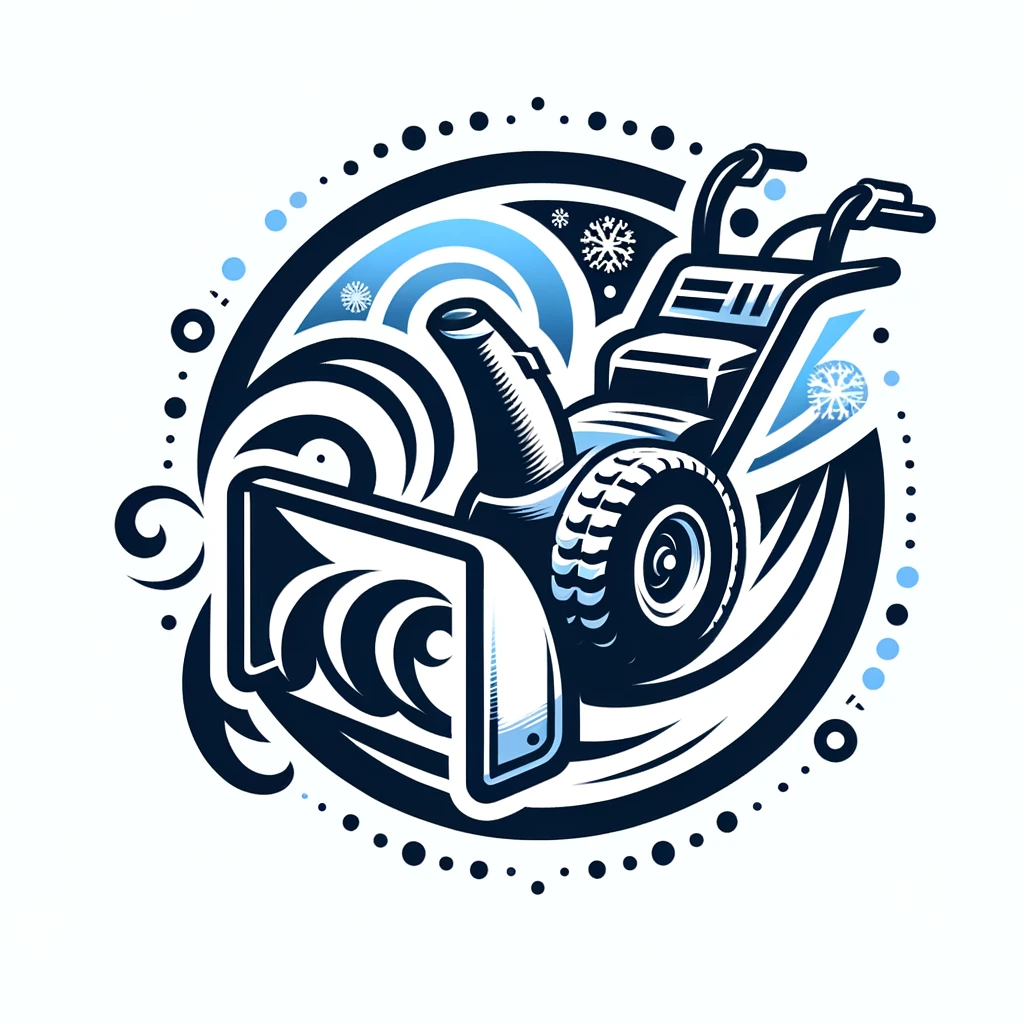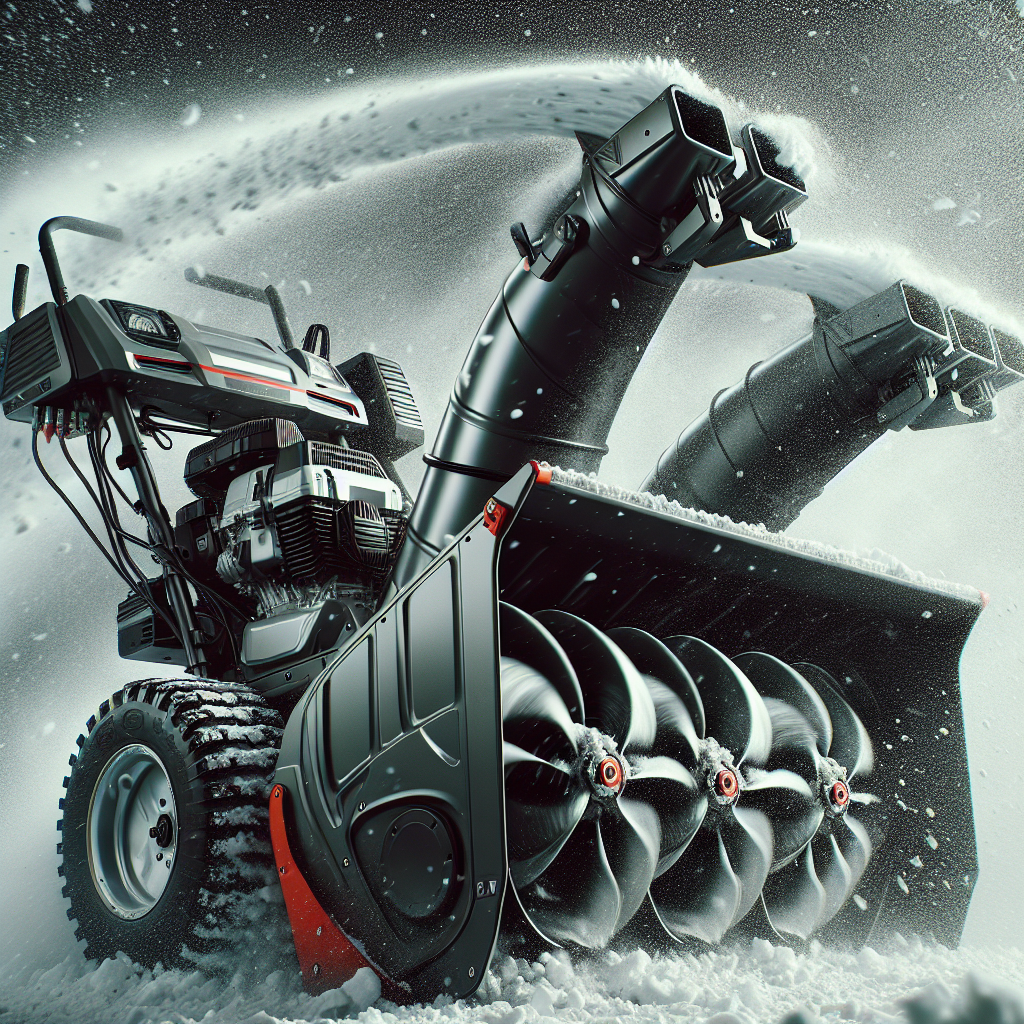Are you tired of shoveling snow every winter? Well, fret no more! In this article, we will explore the age-old question: which is better, the 2 stage or 3 stage snow blower? With winter just around the corner, it’s crucial to know the advantages and disadvantages of each option, so you can make an informed decision. So, grab a cup of hot cocoa, sit back, and let’s break it down together!
Cost
Initial Cost
When considering the cost of a snow blower, it is essential to assess the initial investment. A two-stage snow blower generally has a lower upfront cost compared to a three-stage snow blower. This is because the three-stage models come with additional features and advanced technology to enhance performance. However, it is important to carefully evaluate your needs and the amount of snowfall in your area before making a decision solely based on cost.
Maintenance Cost
Alongside the initial cost, it is crucial to consider the long-term maintenance expenses associated with a snow blower. In general, both two-stage and three-stage models require regular maintenance to ensure optimal performance and longevity. However, three-stage snow blowers tend to have more complex systems, which may result in slightly higher maintenance costs. Regular servicing, oil changes, and parts replacement should be factored into your budget when assessing the overall cost of the snow blower.
Power and Performance
Clearing Capacity
One of the primary factors to consider when choosing between a two-stage and three-stage snow blower is the clearing capacity. Two-stage snow blowers have two augers that collect and break down the snow, while three-stage snow blowers have an additional accelerator that further assists in snow processing. This additional stage in three-stage models allows for increased snow intake and faster clearing capacity, making them particularly suitable for heavy snowfalls and larger areas.
Snow Type
The type of snow in your region plays a crucial role in determining which snow blower is better for your needs. For lighter, powdery snow, a two-stage snow blower may suffice, as it is designed to handle such conditions effectively. However, if you frequently encounter heavy, wet snow, a three-stage snow blower’s enhanced power and performance can make a significant difference. The third stage in the three-stage models helps break down and process the wet snow more efficiently, ensuring smoother operation.
Throwing Distance
The throwing distance of a snow blower is another essential aspect to consider. Two-stage snow blowers typically have a decent throwing distance, ranging from 20 to 40 feet. However, three-stage snow blowers often come equipped with more powerful engines and advanced technology, allowing them to throw snow even farther, reaching distances of up to 50 feet or more. If you have a long driveway or need to clear snow over a significant distance, a three-stage snow blower might be the better option for you.
Maneuverability
Size and Weight
The size and weight of a snow blower can greatly impact its maneuverability. Generally, two-stage snow blowers are more compact and lighter than three-stage models, making them easier to maneuver and navigate through tight spaces. If you have a small driveway or limited storage space, a two-stage snow blower’s smaller size and weight may be the more suitable choice. However, if you have a large area to clear or frequently deal with deep snow, a heavier three-stage snow blower with its enhanced performance capabilities might be worth the slightly decreased maneuverability.
Turning Radius
The turning radius of a snow blower is an important factor to consider, particularly if you have a small or intricate pathway to clear. Two-stage snow blowers generally have a smaller turning radius, offering increased maneuverability and the ability to navigate tight corners and narrow paths effectively. On the other hand, three-stage snow blowers might have a larger turning radius due to their larger size and increased power. If maneuverability is of utmost importance, a two-stage snow blower would likely be the more suitable option.
Versatility
Terrain
The terrain on which you’ll be using your snow blower should also be taken into account. Two-stage snow blowers are typically well-suited for flat or moderately sloped surfaces, making them ideal for suburban areas and driveways. However, if you have a hilly or uneven terrain, a three-stage snow blower’s additional power and traction features can help you effectively tackle these challenging conditions. The three-stage models are designed to handle various terrains, providing the versatility needed for more demanding landscapes.
Additional Features
When it comes to additional features, three-stage snow blowers often outshine their two-stage counterparts. With advanced features like heated handgrips, LED headlights, and power steering, three-stage models offer enhanced comfort and convenience. These features can significantly improve your snow clearing experience, particularly during long or nighttime snow removal sessions. If additional features and greater convenience are important to you, a three-stage snow blower may be the better choice despite the potential increase in cost.
Snow Clearing Speed
Time Efficiency
Efficiency in snow clearing is essential, especially when facing significant snowfall. Three-stage snow blowers are known for their exceptional speed and efficiency. The additional accelerator in three-stage models helps process and clear snow at a quicker rate compared to two-stage snow blowers. If you have a large area to clear or frequently face heavy snowfall, the time saved with a three-stage snow blower’s faster clearing speed can be significant in reducing the overall time spent on snow removal tasks.
Snow Depth
If you frequently encounter deep snow, a three-stage snow blower’s ability to handle substantial snow depths can be advantageous. These models are specifically designed to efficiently handle deeper snow, allowing for quicker clearing and reduced strain on the machine. While two-stage snow blowers are also capable of handling moderate snow depths, three-stage models excel in their ability to tackle heavy snow accumulations, providing you with increased efficiency and peace of mind during extreme winter conditions.
Ease of Use
Start-up
Both two-stage and three-stage snow blowers are generally designed to be user-friendly, with easy start-up systems. With the pull of a cord or push of a button, these snow blowers are ready to tackle the winter weather. Many models also offer electric start options, allowing for effortless start-up with the simple press of a button. Whether you choose a two-stage or three-stage snow blower, you can expect a straightforward start-up process that minimizes hassle and gets you clearing snow quickly and efficiently.
Control
When it comes to control, both two-stage and three-stage snow blowers offer intuitive features to ensure smooth operation. Most models have easily accessible controls for adjusting the chute direction and deflector, allowing you to precisely direct where the cleared snow is thrown. Additionally, many snow blowers feature adjustable speed settings that enable you to match the pace to your comfort level and the snow conditions. With user-friendly control mechanisms, operating a snow blower becomes a seamless and enjoyable experience, regardless of the model you choose.
Storage Space
Size
Considering the storage space required for a snow blower is crucial, especially if you have limited room in your garage or shed. Two-stage snow blowers are generally more compact and have a smaller footprint, making them easier to store in tight spaces. Their smaller size allows for convenient storage options, such as wall-mounted racks or elevated platforms. On the other hand, three-stage snow blowers are larger and require more space. If storage space is a significant consideration for you, a two-stage snow blower will likely be the more suitable choice.
Space Requirement
In addition to the overall size, it is important to consider the specific space requirement of a snow blower when it is in use. Two-stage snow blowers typically have a narrower clearing width, allowing them to maneuver through narrower spaces without much difficulty. This makes them ideal for removing snow from walkways, narrow driveways, or tight corners. Three-stage snow blowers, due to their wider clearing widths, require more space to operate effectively. If you have limited room to clear snow or need precise maneuverability, a two-stage snow blower may be the better option.
Environmental Impact
Fuel Consumption
Considering the environmental impact of a snow blower is becoming increasingly important as sustainability takes center stage. Both two-stage and three-stage snow blowers are powered by gasoline engines, which have inherent fuel consumption. However, it is worth noting that three-stage snow blowers tend to have larger engines to support their enhanced performance features, resulting in potentially higher fuel consumption. If environmental sustainability is a significant concern for you, a more fuel-efficient two-stage snow blower might align better with your values.
Emissions
The emissions produced by a snow blower’s engine can also have a significant environmental impact. Two-stage snow blowers generally have smaller engines, leading to lower emissions compared to three-stage models. This can contribute to a reduced carbon footprint and better air quality in your surroundings. However, it is reassuring to note that the snow blower industry has been actively working towards creating more environmentally friendly products. Many manufacturers are incorporating cleaner engine technologies to reduce emissions and promote a greener approach to snow removal.
Maintenance and Durability
Required Maintenance
Both two-stage and three-stage snow blowers require regular maintenance to ensure optimal performance and longevity. Routine tasks such as oil changes, air filter replacements, and lubrication are necessary for keeping the machine running smoothly. However, it is essential to note that three-stage snow blowers, with their additional components and advanced technology, may require more specialized maintenance. It is advisable to carefully follow the manufacturer’s maintenance instructions and schedule to keep your snow blower in excellent condition regardless of the model you choose.
Longevity
Snow blowers are an investment, and it is natural to want a machine that will last for years to come. Durability is a key aspect to consider when deciding between a two-stage and three-stage snow blower. Both types are designed to withstand the rigors of winter and provide reliable performance. However, three-stage snow blowers, with their heavier build and robust components, are generally built to endure more demanding conditions. Investing in a three-stage snow blower might give you the added assurance of a longer lifespan and increased durability.
Budget and Needs
Budget Constraints
Budget constraints often play a significant role in decision-making. Two-stage snow blowers, with their generally lower upfront cost, may be more suitable for those on a tight budget. These models offer efficient snow clearance at a more affordable price point, making them an attractive option for homeowners who are looking for cost-effective snow removal. However, it is crucial to evaluate your specific snow removal needs and the prevailing weather conditions in your area to find the right balance between budget and functionality.
Snow Removal Needs
Understanding your snow removal needs is vital in determining whether a two-stage or three-stage snow blower is better suited to your requirements. If you have a large area to clear or experience heavy snowfalls, a three-stage snow blower’s enhanced power and performance may align better with your needs. On the other hand, if you have a smaller property or typically deal with lighter snowfall, a two-stage snow blower can efficiently meet your snow clearing needs without breaking the bank. Assessing the size of your property, frequency of snowfall, and the depth of snow will help you make an informed decision tailored to your specific needs.
In conclusion, choosing between a two-stage and three-stage snow blower ultimately depends on your unique circumstances, preferences, and snow removing requirements. Both types offer their own advantages and considerations when it comes to cost, power and performance, maneuverability, versatility, snow clearing speed, ease of use, storage space, environmental impact, maintenance and durability, as well as budget and needs. By carefully assessing each factor outlined in this article, you can make an informed decision and select the best snow blower that seamlessly suits your requirements while ensuring efficient and hassle-free snow removal for years to come.

